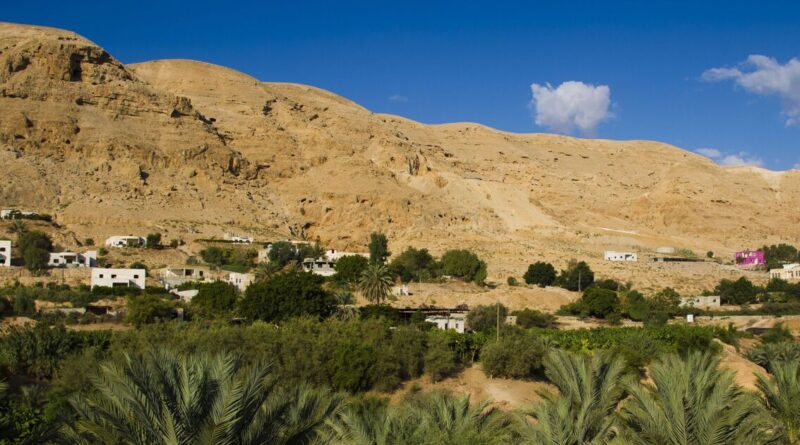The world’s lowest city is 846ft below sea level and 11,000 years old | World | News
With a history stretching back over 11,000 years, this city ranks among the oldest continuously inhabited in the world. It boasts the earliest known defensive wall and holds the extraordinary distinction of being the lowest city on Earth – 846 feet below sea level.
In the Jordan Valley of the West Bank, near the Dead Sea, lies Jericho. Its semi-tropical climate and natural springs have made it an agricultural hub and significant crossroads of trade routes connecting Africa, Asia, and Arabia since ancient times. Because of its low elevation, Jericho has a hot desert climate with extremely high temperatures.
Jericho’s elevation means that if you were to dig down even further, you’d eventually reach the Dead Sea basin, the lowest natural point on Earth. This unique position is due to its location in the Jordan Rift Valley, part of the Great Rift Valley system, where tectonic plates pull apart, creating deep depressions.
Despite the arid, desert surroundings, Jericho benefits from natural springs and the nearby Jordan River, which have sustained life here for millennia.
In 2023, the UNESCO recognised Tell es-Sultan, an area just north of Jericho as a World Heritage Site, acknowledging its unique archaeological significance and its role as a living example of sustained human habitation over millennia.
Archaeological evidence from the site traces human presence back to around 9000 BC, during the Natufian period.
The UNESCO states that by the 9th to 8th millennium BCE, Neolithic Ancient Jericho (Tell es-Sultan) was already a substantial permanent settlement, evidenced by surviving monumental architectural features such as a wall, a ditch, and a tower.
Jericho’s rich history is also intertwined with biblical narratives, most notably the story of the Battle of Jericho, where the city’s walls famously “came tumbling down.”
In addition to its ancient roots, Jericho boasts impressive archaeological sites from later periods, including Hisham’s Palace, also known as Khirbat al-Mafjar.
This early Islamic desert palace, built in the 8th century CE during the Umayyad Caliphate, is a remarkable achievement of early Islamic civilization with its lavish mosaics and elaborate architecture.
Hisham’s Palace is famed for its exquisite mosaic floors, especially the Tree of Life mosaic, which adorns a grand reception hall.
The complex includes residential quarters, bathhouses, and intricate water systems, showcasing sophisticated engineering and design.





